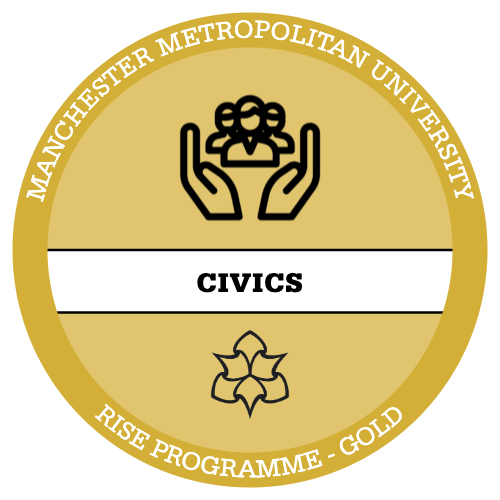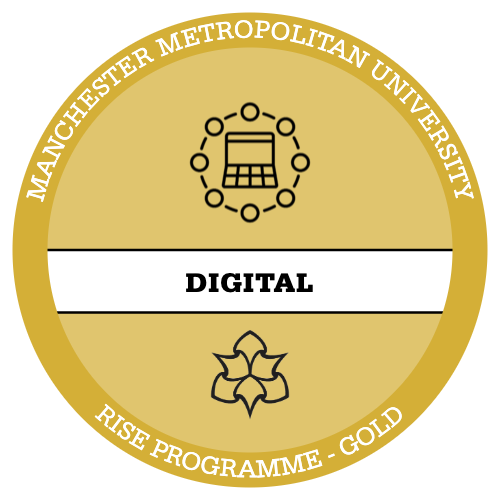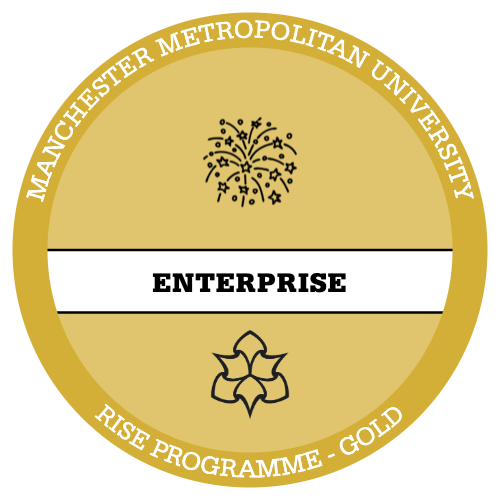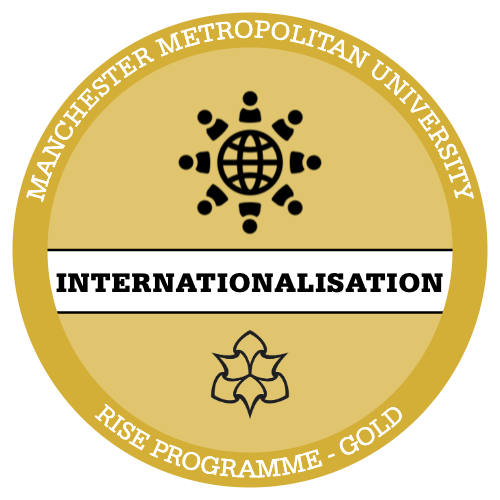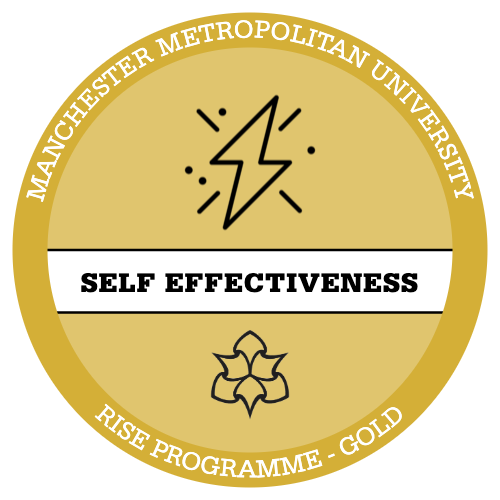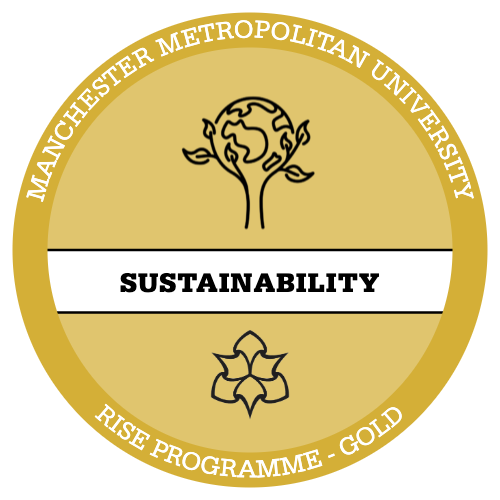Growing in our experience
The very best way to be better educated is to meet others – have conversations, be curious, be brave, and build your cultural competence. Below are some models to help you work through this that might be helpful to your journey.
People who are culturally competent respect cultures that are different to their own and are able to celebrate the benefits that difference brings to an environment. In practical terms, it is a never-ending journey which can be represented in numerous different frameworks. Here are some of the commonly used models:
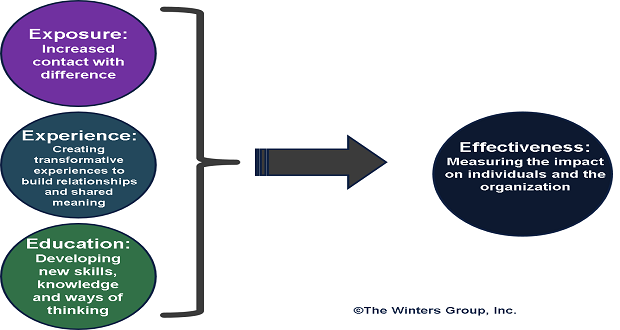
The Winters Group suggest that in order to grow in our cultural competence, we must engage in the 4 Es: exposure, experience, education, and effectiveness. Practicing inclusive and culturally competent behaviours requires intention and the 4E Model supports us in understanding the steps we should take to grow in our level of cultural competence. (The E4 Model for Cultural Competence.)
The Campinha-Bacote model is a way for practitioners to ensure that they are culturally competent in their practice. It employs the ASKED acronym as a way to help professionals remember the five different components: awareness, skill, knowledge, encounters and desire.
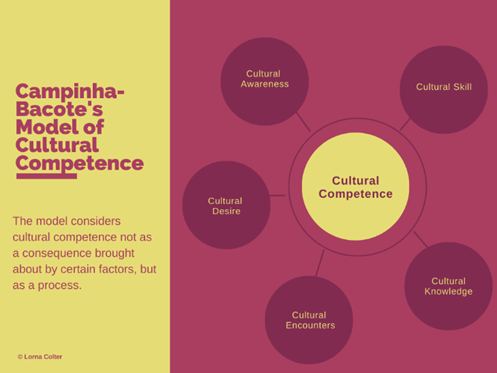
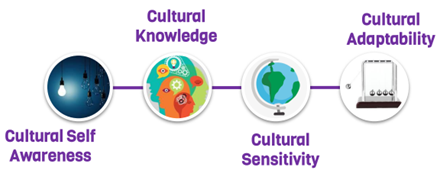
Purple space outlines four key areas that require development in order to become culturally competent. First starting with being self-aware of your own culture and how it impacts your own behaviour and actions. Secondly developing your cultural knowledge of other cultures. Cultural sensitivity is the third skill of the model which requires acceptance, empathy and understanding of difference. Finally, having cultural adaptability to seamlessly fit in within other cultures and environments or welcome new cultures into yours.
As you can see by the differing models, there is more than one way to approach becoming more culturally competent.

Apply Your Thinking:
- What similarities can you identify across these different models of cultural competence?
- What are the main themes that these models share?
- Which model do you find most helpful?
- How could you apply these models to your own growth and learning?

